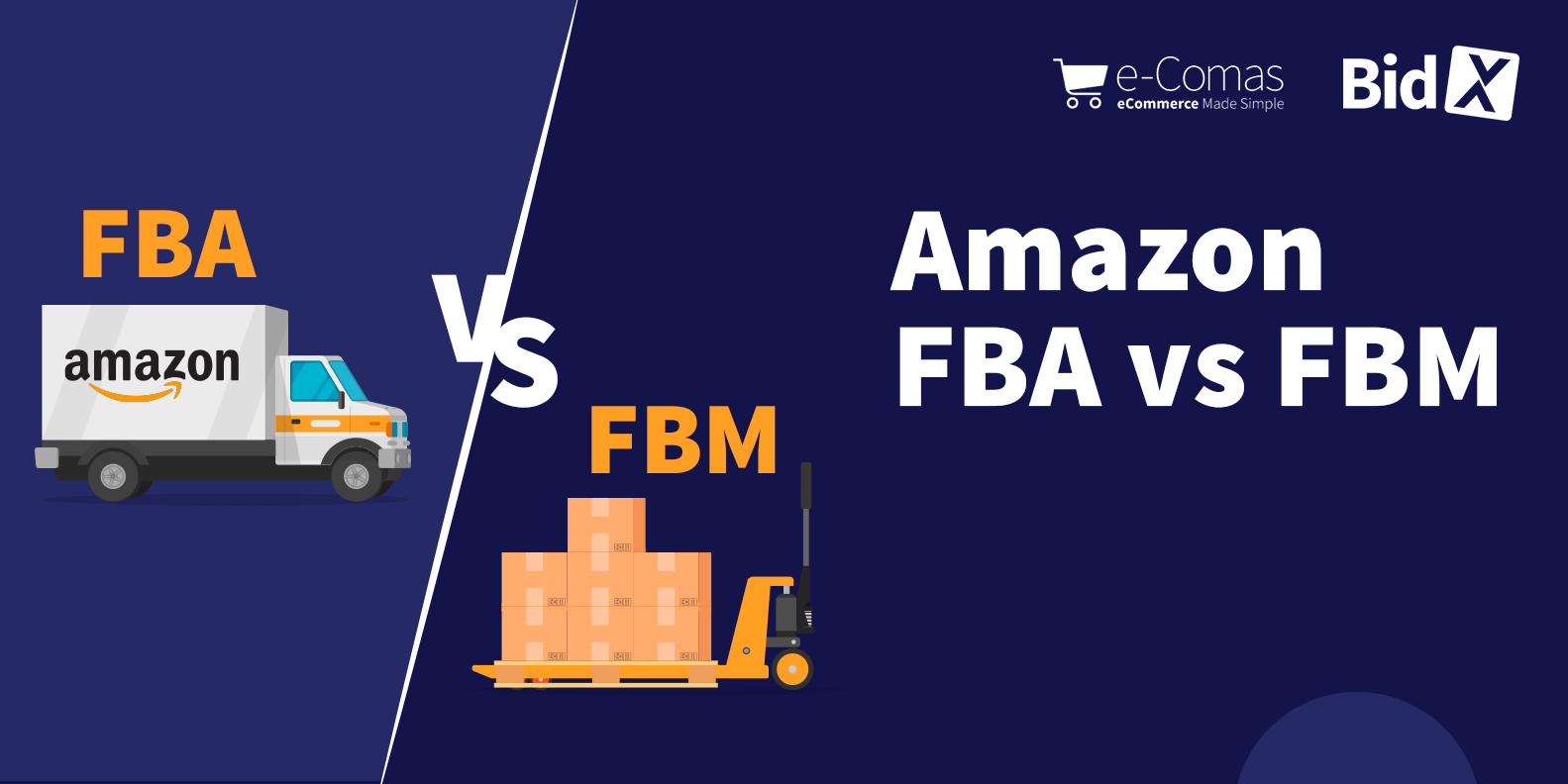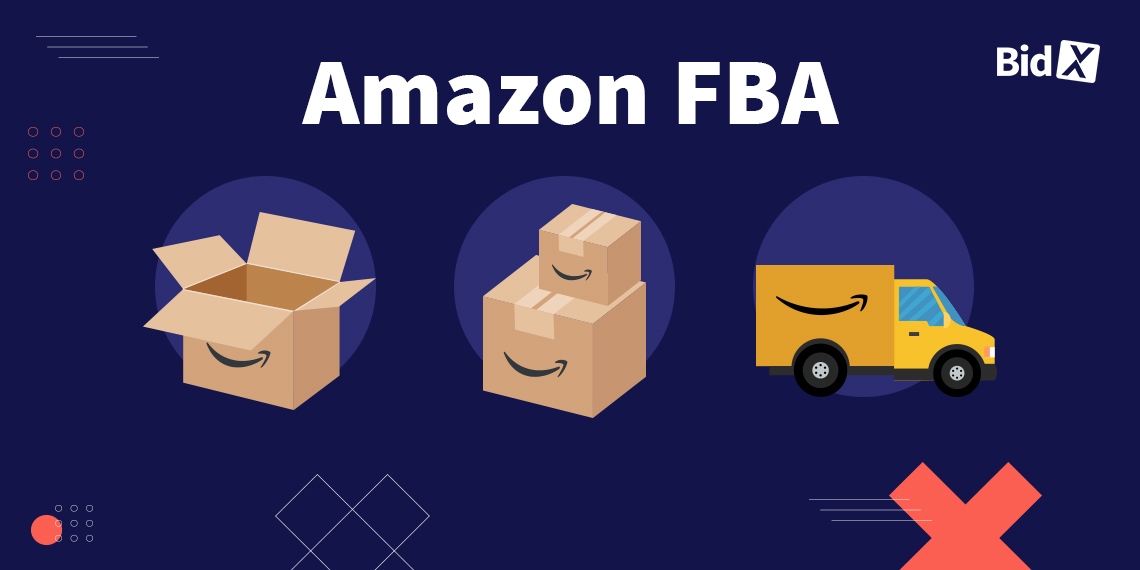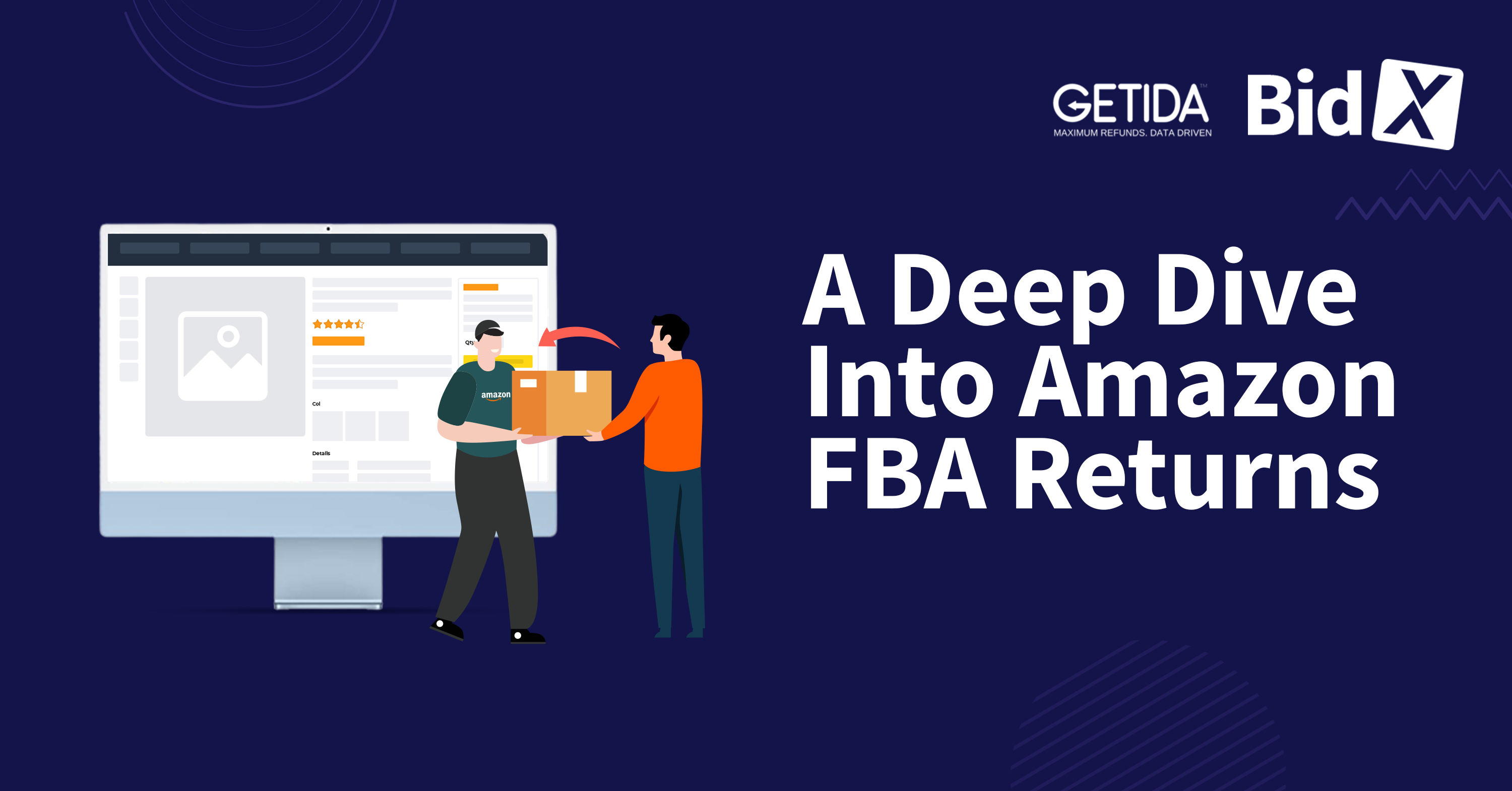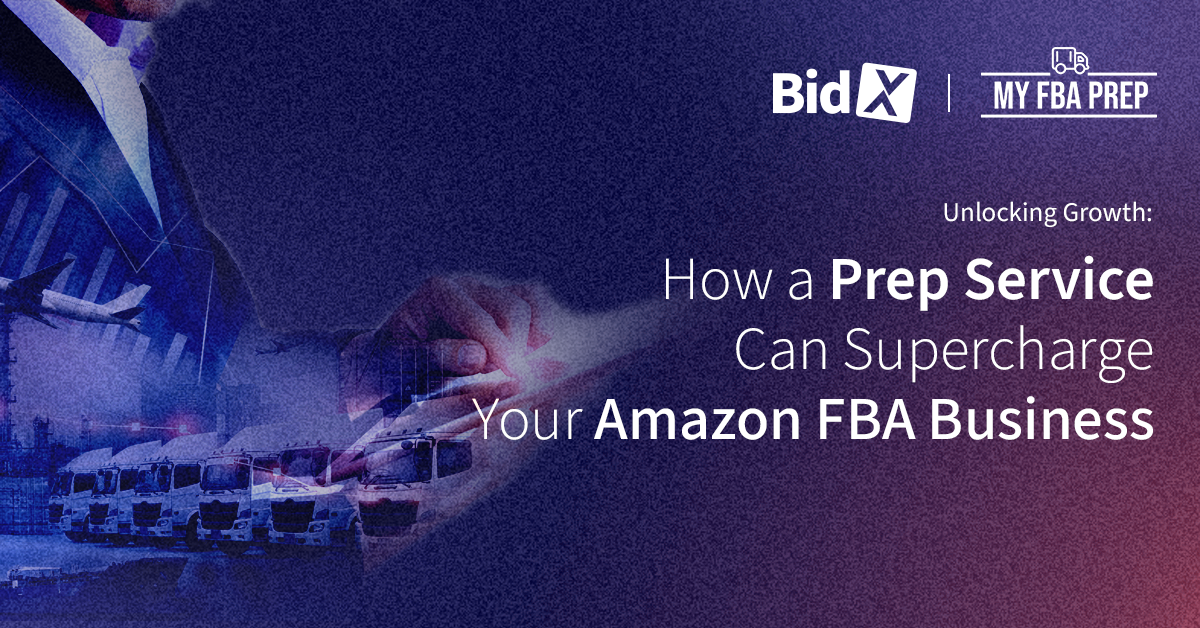Amazon FBA vs FBM: Which Is Best For Me?
In the world of eCommerce, Amazon is the uncontested leader. Starting its journey as an online bookstore, the company has come along with over 2.45 billion monthly visits to its app and website. Needless to say, it is a one-stop destination for customers worldwide for purchasing anything from dog toys and tech gadgets to cosmetic products to household appliances.
The key to Amazon’s success? Third-party sellers. Third-party sellers generate more than 50% of Amazon’s sales, and the number of third-party sellers on the platform is growing at an astounding rate. Did you know that there are currently 9.7 million active Amazon Sellers worldwide? And this number continues to grow year on year.
When first registering with Amazon, each of those sellers would have to choose between a Fulfillment by Amazon (FBA) or Fulfillment by Merchant (FBM) account.
With all these different abbreviations, it can get a little confusing. To make your lives a little easier, we have compiled a detailed breakdown of each method, listing the pros and cons to help you determine which solution is best for your business.
So, let’s break it down.
What is FBA?
Fulfillment by Amazon, shortened to FBA, is a solution which allows you, as an Amazon Seller, to utilize Amazon’s vast supply of warehouses to store, process, and ship products you sell through the Amazon website.
How does FBA work?
The process could not be more straightforward:
- You send your products to one of Amazon's many warehouses, and they store them safely.
- Customers purchase your product. Amazon deals with the whole transaction.
- Amazon packs and ships your product to your customer.
- Amazon handles customer service, including dealing with any returns or refunds.
- Amazon deposits your sales profit directly to your bank account every two weeks.
Pros of Amazon FBA
Prime Shipping
Today people expect quick service, and if there is one thing Amazon is famous for, it is fast deliveries. Customers with an Amazon Prime subscription can receive products within 2-days at no additional cost as part of their Prime membership. You, too, can benefit from this as items fulfilled through FBA are eligible for Prime shipping.
This is a massive opportunity for Amazon Vendors. For perspective, there are more than 200 million Prime subscribers worldwide. Prime Subscribers are much more likely to purchase an item with the Prime badge than an item with standard shipping, increasing the sale potential of your products.
Winning the Buy Box
When you compete with other sellers who offer the same products as you, getting your item into the Buy Box is absolutely essential.
You will have come across the Buy Box before. It is where the "Add to Cart" and "Buy Now" buttons are located on a product page. A sale made through the Buy Box is awarded to only one seller at any given time. 85% of all sales are awarded through the Buy Box, so it would be beneficial if you could get your product in there.
Fulfillment is one of Amazon's most important variables when deciding which seller wins the Buy Box. Using FBA can significantly increase your odds of winning the Buy Box when competing against FBM sellers.
Cost-effective
If you have ever sold anything on Amazon, you will know various factors contribute to the price of shipping an item. You must consider the package's DIM weight, size, destination, courier, fuel surcharges, and more. Even for small packages, these factors can add up. And if you're not careful, shipping costs can quickly shrink your margins, meaning you make less money.
That's why many sellers outsource to a program like FBA. The overall fees you pay are minor when trying to manage everything on your own.
Earn customer trust
How often have you chosen a product on Amazon over another because it offered Prime Free One-Day delivery? I imagine, quite often.
With FBA, you’ll get your products in front of more customers looking for free shipping. The “Fulfilled by Amazon Prime” symbol represents guaranteed delivery and is something Amazon shoppers trust.
Cons of Amazon FBA
Loss of control
The biggest objection to FBA is the loss of control. With FBA, you can’t walk down to the warehouse floor and inspect your own products. You have to place all your trust in Amazon. It’s their way or the highway. If you’re a seller that wants to be very hands-on with your own inventory and the fulfillment process, then FBA may not be for you.
Costs
It may seem contradictory, given that I described FBA as cost-effective moments ago. However, certain items are more cost-effective than others. Small, light, and fast-selling items are more economical in the FBA program than heavy, bulky, and slow-moving items. Similarly, storage fees rise between October and December, when the festive period begins.
Packaging & labelling requirements
Amazon has strict requirements on packaging and labelling of inventory before they’ll accept items into their warehouses. If you don’t properly prepare your inventory to meet these requirements, you risk Amazon rejecting an inbound shipment. Then you’ll be spending time and money retrieving and repackaging your product.
What is FBM?
Fulfillment By Merchant (FBM) is when the seller takes complete control of the entire process, from purchasing to shipping and receiving. Instead of paying a service fee and shipping inventory to Amazon to handle on your behalf, the seller uses their own resources and sends the items directly to the buyer.
Pros of FBM
Greater control
For some Amazon Vendors, having control over the entire customer experience is essential, rather than putting everything in the hands of a third party. This is particularly important for start-ups, as it helps them understand how their business works, put better strategies and practices in place and generally ensures a greater sense of control.
By managing your inventory, profits, customer services and admin, you will have a clear overview of how your business runs, allowing you to make better decisions.
Freedom to expand your Amazon business
By fulfilling all orders yourself, you'll have complete control over your stock levels at all times. You can quickly increase your stock when required without worrying about extra shipping fees and increased storage costs from Amazon FBA.
Direct interaction with your customers
As an Amazon FBM seller, you will be required to provide customer service rather than rely on Amazon to do it for you. While this may sound like it will require tremendous effort and cause some headaches for you (and it most certainly will), it actually brings many advantages.
You'll better understand your customer expectations and deal first-hand with all feedback, good and bad. This interaction, even when negative, allows you to gain valuable insights into the performance of your business as a whole.
Cons of FBM
Time-consuming
Dealing with your own fulfillment is, without a doubt going to eat into your time. If you are going to be super hands-on, you need to be prepared to dedicate many man-hours to your work each and every week or take on a lot of manpower to keep your Amazon business running smoothly.
Costly
Amazon sellers who choose FBM and pick, pack and ship their own orders should have lower costs than those who use Amazon FBA. However, while your storage costs may be more economical when you choose Amazon FBM, your shipping fees could spiral if you don’t strike a good deal with your preferred carrier.
Customer service is your responsibility
As an FBA seller, you can use Amazon’s customer service department, and they will deal with any queries, returns and refunds. There’s no such help with FBM. It will all be down to you. Again, this can be time-consuming.
So, which one should you choose?
Small businesses and at-home sellers to major brands with elaborate supply chains can all benefit from both Amazon FBA and FBM fulfillment solutions. But how do you choose what's right for your business?
You should use FBM if…
- You want more control over your customer interactions
- You have excellent customer service practices in place
- The products you sell are oversized or heavy
- You already have logistics in place
- You're able to mitigate the expenses involved in fulfilling your own products
- Your inventory turns over slowly.
You should use FBA if…
- The products you sell are small and lightweight
- You have no problem surrendering control to your customers to Amazon
- You want Amazon to handle your customer service
- Your inventory turns over quickly
- You do not have logistics in place
- Your expenses would be higher if you fulfilled your own products.
Final takeaway
Although Amazon FBM can be hard work, it has many benefits. The control factor is an aspect of your Amazon business that should not be overlooked, and FBM gives you precisely that. Alternatively, Amazon FBA can ease the burden placed on small businesses by taking control of your packaging, shipping and customer care.
Still unsure whether FBA vs FBM is best for your business? Get in touch with the e-Comas team today who are on and to help!
About e-Comas
e-Comas helps brands grow faster on eCommerce – globally, quickly, across multiple online channels! Our experts coach brands and handle their accounts to sustainably grow their business and improve their agility in tackling everyday challenges with online retail.
Working across Amazon, Shopify, CDiscount, Veepee, Bol, Walmart and more, we get you set up to scale your business and make it profitable by handling your account, content and advertising.





